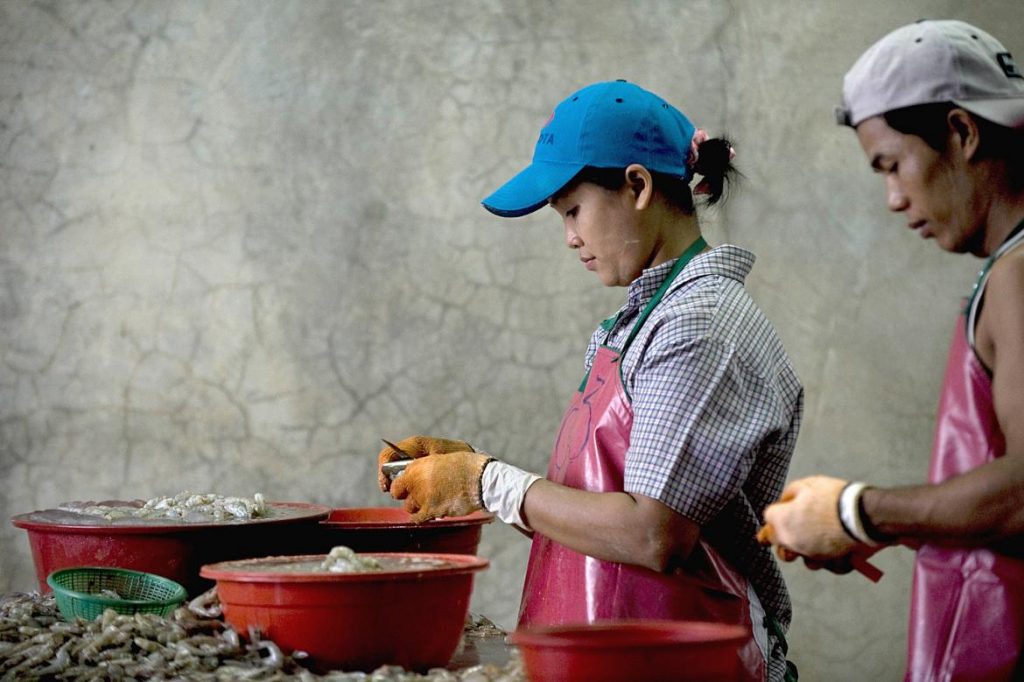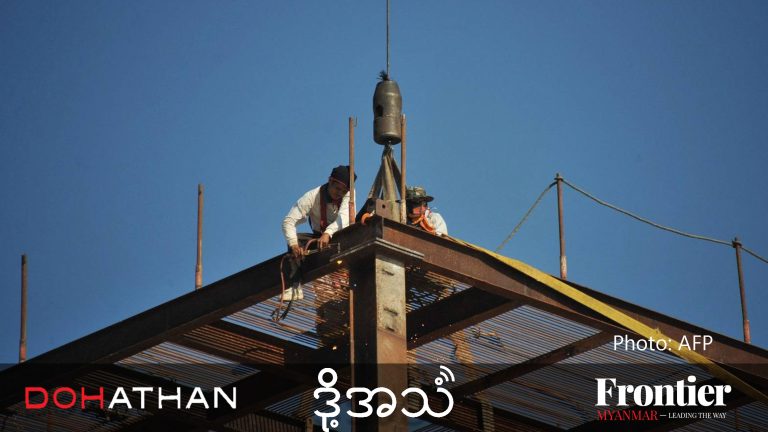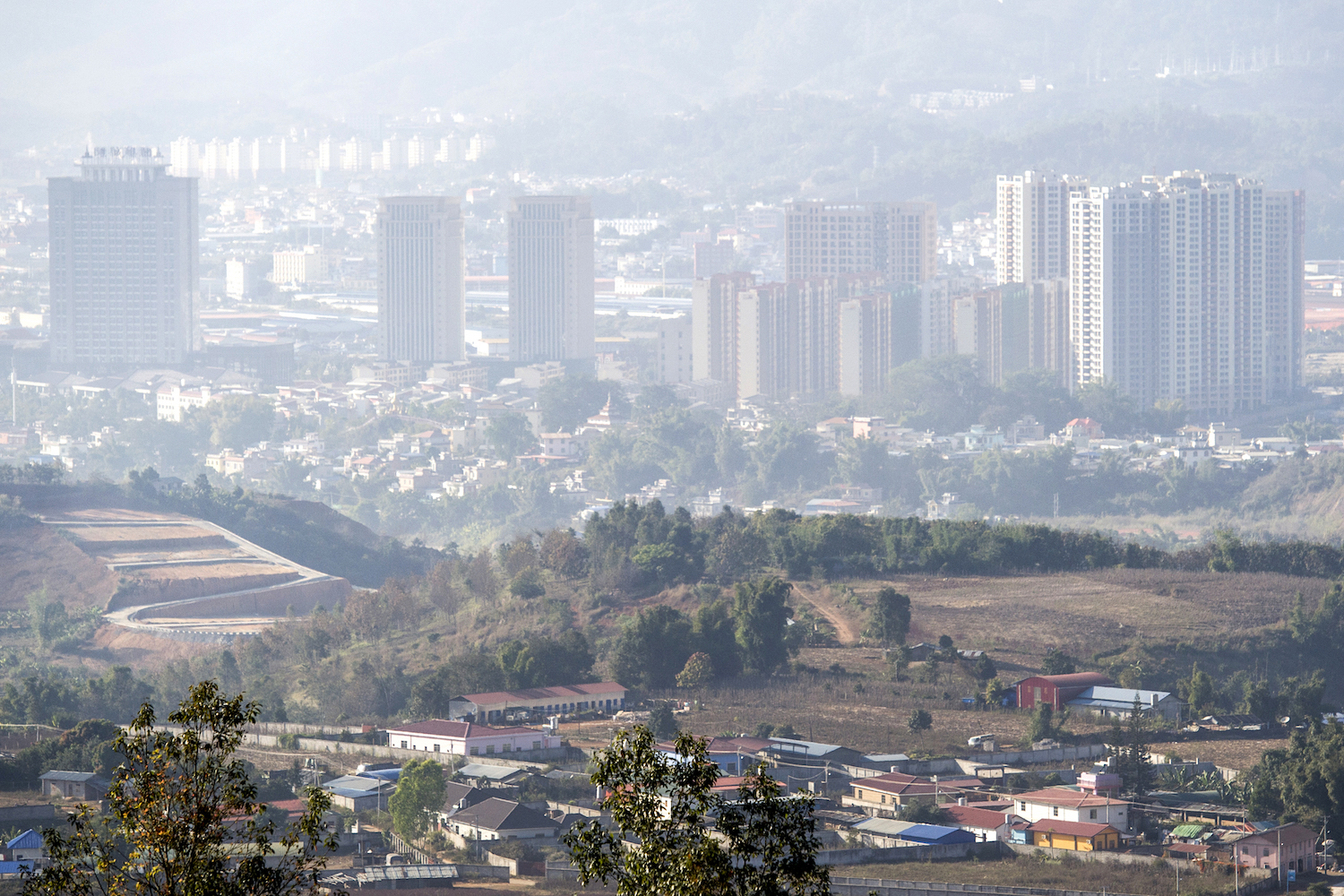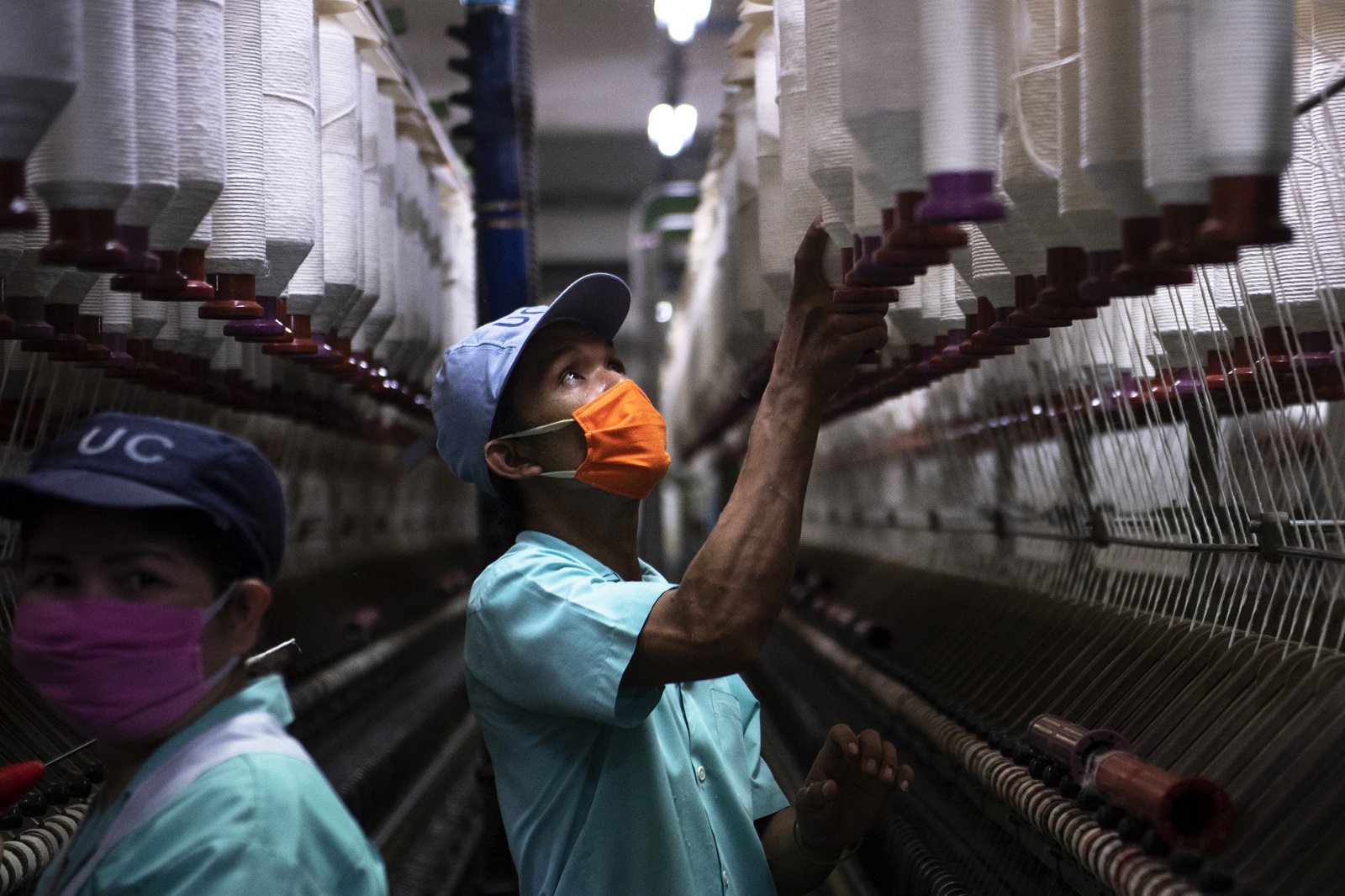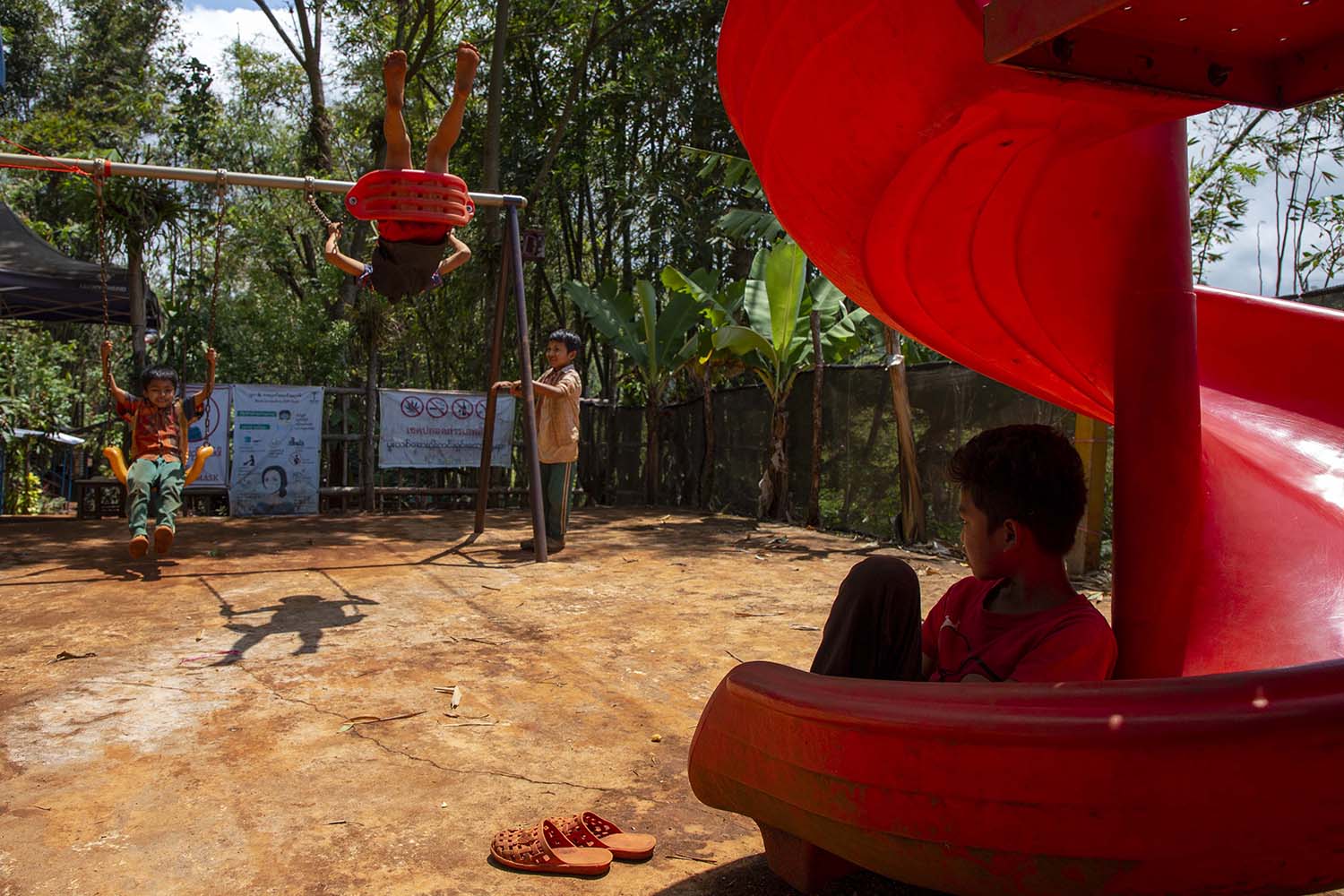Migrant workers are sending home up to $5 billion a year – and banks want a bigger piece of the action.
By PETER JANSSEN | FRONTIER
In the wake of the 2003 financial crisis, the authorities decided to restrict Yoma Bank from taking deposits and providing credit for about a decade. Remarkably, the bank survived on the remittance business. “We were a remittance-only bank,” said Mr Hal Bosher, Yoma Bank’s CEO. “We really know the payment corridors and the channels. It’s pretty much part of our DNA.”
But it’s not just Yoma Bank. The remittance business is pretty much part of the DNA of Myanmar’s entire banking system, and for good reason. Last year an estimated 3 million Myanmar nationals officially remitted some US$3.5 billion, about 5.4 percent of Myanmar’s gross domestic product of $64 billion, according to the World Bank’s Migration and Remittances Factbook 2016. Banking sources say the real figure may be closer to $5 billion a year.
One reason official remittances have shot up in recent years (from $3.1 billion in 2014 and $1.6 billion in 2013) is because more of these transactions are being recorded, sources said. Before the lifting of sanctions in 2012, much of the remittance business was handled by the so-called hundi system, the unofficial financial system that served Myanmar well for nearly five decades. The hundi are now getting some serious competition both from Myanmar’s private banks and the up-and-coming FinTech operators.
KBZ Bank, the country’s largest private bank, is opening up representative offices in Thailand and Singapore partly to pursue the remittance trail. No one really knows how many migrant workers are residing in Thailand, where the figure of registered migrants is 1.5 million but another 1.5 million may be working illegally.
Support more independent journalism like this. Sign up to be a Frontier member.
“A lot of migrant workers are working illegally, so they are afraid to go to the banks. But they can use Thai banks’ ATMs to send money home instead of using the hundi system,” said a KBZ source. The bank has established close ties with Thai banks such as Siam Commercial Bank and Bangkok Bank to help teach Myanmar nationals to use ATMs to remit money home to their KBZ accounts.
Western Union, which has 60,000 outlets, is another popular option. Western Union in June received permission to remit money abroad, so Myanmar nationals can now send up to $3,000 per transaction – up to a $10,000 annual limit – to family members living overseas to pay medical, education and travel expenses, or provide family support. The Myanmar banks, which Western Union uses and pays for their infrastructure, will benefit.
FinTechs have been barred from making international remittances, under the Mobile Financial Services regulation. But mobile money operators such as Red Dot or Wave Money can transfer money domestically at a fraction the charge of Western Union. “FinTech is all about payments, internal remittances and external remittances, because that’s where the money is,” said Tom Moyes, the Asian Development Bank’s senior access to finance adviser to the Mekong Business Initiative. “It’s a multi-million-dollar business.”
The larger Myanmar banks acknowledge that the remittance business may not be a solid long-term source of income, and are either teaming up with the telecoms to keep a share or looking for other banking products to survive on. “Gradually the remittance sector will be reduced,” said U Chit Khine, chairman of Myanma Apex Bank. “Even now a small amount of the remittance sector is already migrating into mobile money so we will be seeing less remittance money for our budgeting in the future.”
This article originally appeared in Frontier Myanmar’s Banking and Finance special edition, published in July 2016.


